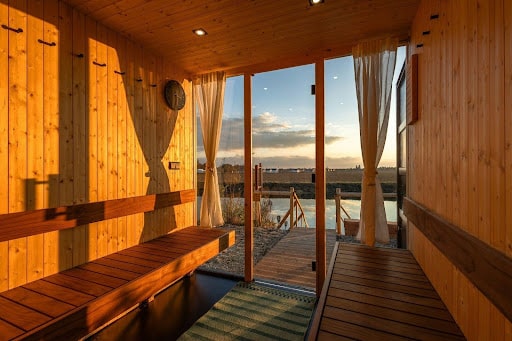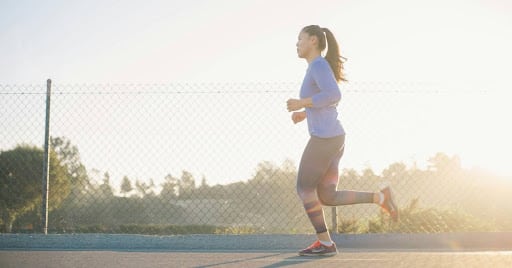Whether you call them trainers, tennis shoes or athletic shoes, the type of footwear you wear matters. When exercising, your feet bear the brunt of each step, push and jump. The right shoes protect your feet and cushion them while you exercise. While it might be tempting to choose a pair of shoes that look awesome, it’s better for your health and safety to choose exercise shoes with the right fit and features.
Protect Against Injuries
The right exercise shoes protect you against injuries. The soles should be thick and sturdy enough to protect you from penetrating objects such as sharp rocks or glass. The soles should also be textured, reducing your risk of slipping. The layers of padding in the sole help with shock absorption, lowering your risk of shin splints, tendonitis and stress fractures. Look for exercise shoes that are stable and don’t easily twist. A stable shoe lowers your risk of a twisted ankle.
Prevent New Problems
If you didn’t have foot problems before, exercising could trigger them. Ill-fitting exercise shoes could cause you to develop blisters, plantar fasciitis or heel pain. Repeated impacts in poorly cushioned shoes could also trigger a neuroma, bunion or hammertoe in your foot. Choosing the right pair of shoes prevents you from getting new foot problems as a result of exercising.
Cushion Against Impact
Exercise shoes should cushion against impacts. Whether your preferred form of exercise is running on concrete sidewalks, walking on asphalt walking paths or playing basketball on a sleek surface, the 26 bones in each of your feet will bear the impact. The layers of gel and foam padding in the insoles of your shoes absorb some of the impact. They also allow you to spread the impact across your whole foot instead of just the balls and heels of your feet.
Get the Right Fit
In order to attain all of these benefits from exercise shoes, you need to wear shoes that fit. The best time to shop for shoes is at the end of the day. This is because your feet swell and lengthen over the course of a day, even when you’re just puttering around the house. Wear athletic socks in order to get the right fit. The shoe should fit when you try it on. Don’t count on breaking in the shoes. The back of the shoe should grip your heel. The ball of your foot shouldn’t feel squished.
How to Choose Exercise Shoes
Consider having a professional fit you for exercise shoes. If you’re shopping for exercise shoes for a particular sport, choose footwear specifically designed for that activity. You can buy shoes specially designed for running, walking, cycling, basketball, soccer and other exercises and sports. When your feet are comfortable, you’re more likely to exercise more frequently and for a longer duration of time. You won’t have to curtail a workout because of sore feet when you wear the right exercise shoes.


